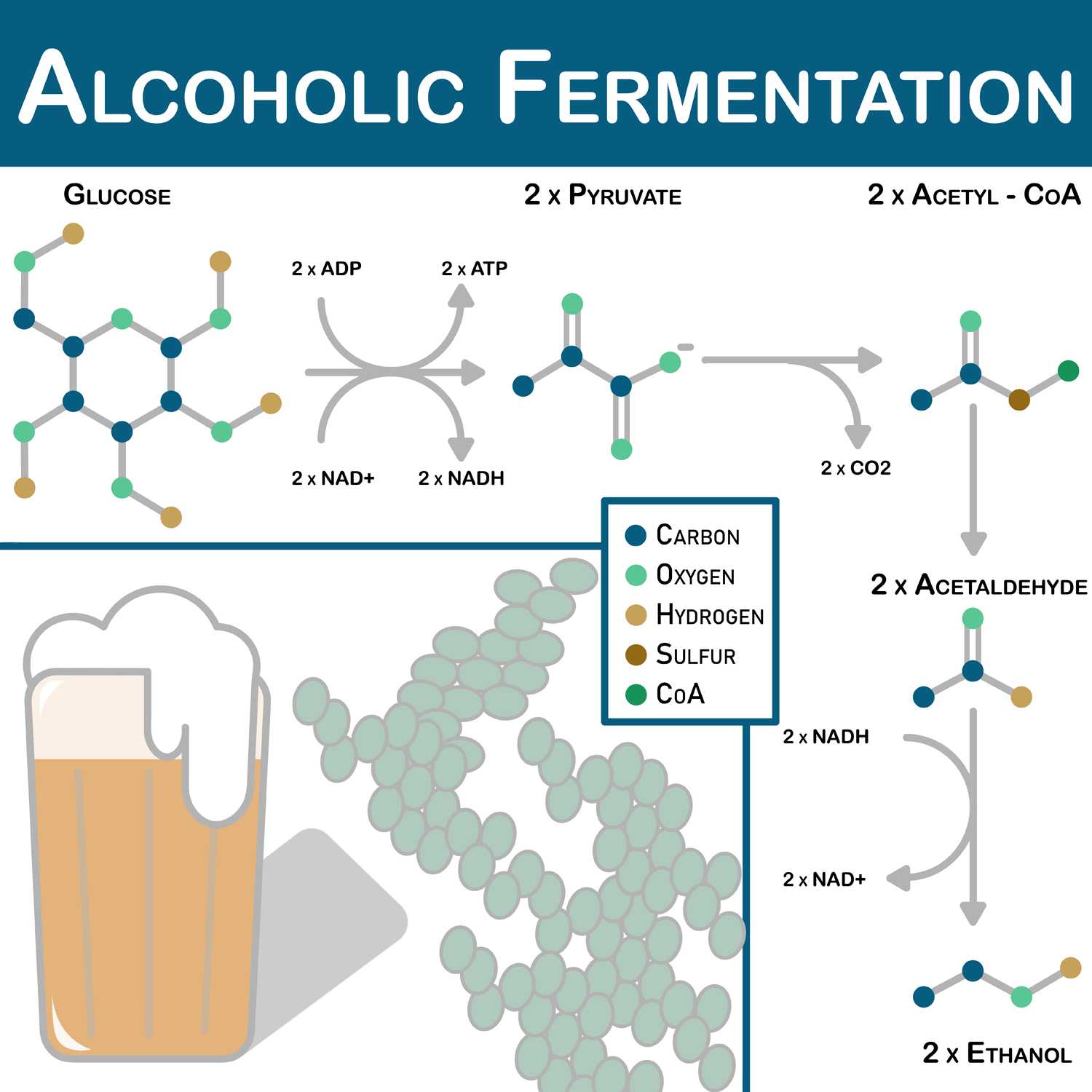
The bacteria help in the conversion of sugar into acid and the yeast is used for the alcohol production. Initially the microbes present or in the surrounding liquid such as brine for fermented vegetables prevent putrefying bacteria from colonizing the food instead.

Bacteria perform fermentation converting carbohydrates into lactic acid.
What is fermentation process. Fermentation chemical process by which molecules such as glucose are broken down anaerobically. More broadly fermentation is the foaming that occurs during the manufacture of wine and beer a process at least 10 000 years old. The frothing results from the evolution of carbon dioxide gas though this was not recognized until the 17th century.
Fermentation is a metabolic process that produces chemical changes in organic substrates through the action of enzymes in biochemistry it is narrowly defined as the extraction of energy from carbohydrates in the absence of oxygen. In food production it may more broadly refer to any process in which the activity of microorganisms brings about a desirable change to a foodstuff or beverage. Fermentation is a metabolic process in which an organism converts a carbohydrate such as starch or a sugar into an alcohol or an acid.
For example yeast performs fermentation to obtain energy by converting sugar into alcohol. Bacteria perform fermentation converting carbohydrates into lactic acid. The study of fermentation is called zymology.
Fermentation refers to the metabolic process by which organic molecules normally glucose are converted into acids gases or alcohol in the absence of oxygen or any electron transport chain. Fermentation pathways regenerate the coenzyme nicotinamide adenine dinucleotide nad which is used in glycolysis to release energy in the form of adenosine triphosphate atp. In biology the fermentation process is actually a conversion of sugar into acids or alcohol with the help of bacteria or yeast.
The bacteria help in the conversion of sugar into acid and the yeast is used for the alcohol production. Fermentation process by which the living cell is able to obtain energy through the breakdown of glucose glucose dextrose or grape sugar monosaccharide sugar with the empirical formula c 6 h 12 o 6. This carbohydrate occurs in the sap of most plants and in the juice of grapes and other fruits.
Process of fermentation fermentation is an anaerobic biochemical process. In fermentation the first process is the same as cellular respiration which is the formation of pyruvic acid by glycolysis where net 2 atp molecules are synthesised. In the next step pyruvate is reduced to lactic acid ethanol or other products.
Primary fermentation is when microbes rapidly set to work on initial raw ingredients such as fruit vegetables or dairy. Initially the microbes present or in the surrounding liquid such as brine for fermented vegetables prevent putrefying bacteria from colonizing the food instead. Fermentation media the fermentation culture media is a liquid selective media which is used to obtain a culture of a specific organism more likely yeast or a particular toxin.
The fermentation media can also be differential but mostly it is selective in nature that is allowing the growth of one type while inhibiting the growth of others. Fermentation is the process by which yeast converts the glucose in the wort to ethyl alcohol and carbon dioxide gas giving the beer both its alcohol content and its carbonation. To begin the fermentation process the cooled wort is transferred into a fermentation vessel to which the yeast has already been added.